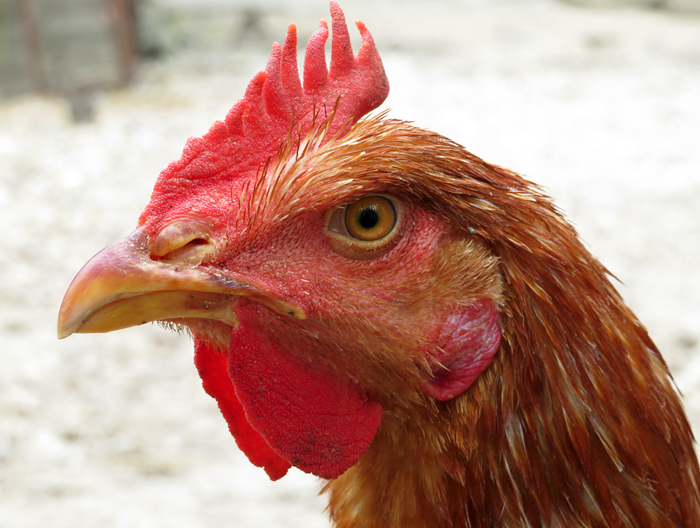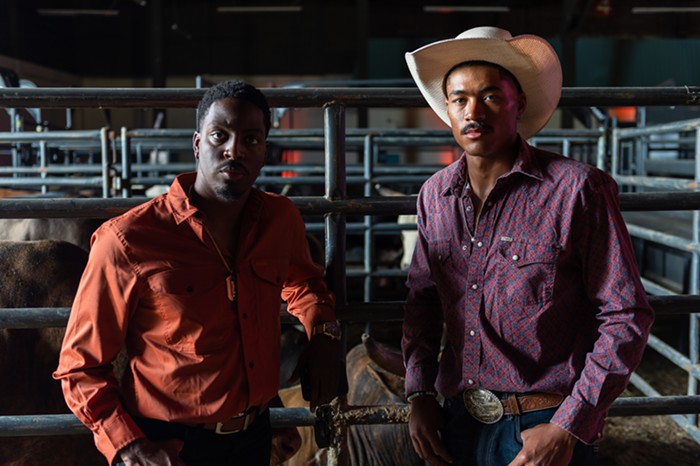A long-dead German shepherd doesn't exactly seem like a titillating biography subject—even if he was once one of the most beloved movie stars in the country. But New Yorker staff writer Susan Orlean has found in Rin Tin Tin both a compelling historical figure and a useful symbol, a character whose repackaging over the years reflects changes in America's entertainment landscape as well as in our attitudes toward our pets.
The original Rin Tin Tin has an admittedly thrilling origin story: During World War I, he was rescued as a puppy from a bombed-out kennel in France. His rescuer, a soldier named Lee Duncan, trained the dog and took him to Hollywood, where Rin Tin Tin was soon beloved nationwide for his "acting," even winning the most votes in the Best Actor category at the first Academy Awards ceremony. (The Academy ultimately decided that giving the award to a dog would undermine the ceremony's seriousness. Historical irony: Noted.)
The original Rin Tin Tin sired both literal and symbolic offspring who played various iterations of the character over the years, keeping pace with popular entertainment's transition from silent films to talkies to TV. But Orlean does more than examine the way that the entertainment industry has changed—she uses Rin Tin Tin as a starting point for a survey of the evolving relationship between man and dog, from helpful farm hand to wartime ally to beloved companion. A discussion of early efforts to popularize dog training highlights how surprisingly recent the notion of man's best friend really is. "When Rin Tin Tin first became famous," she writes, "most dogs in the world would not sit down when asked. The idea of a dog's being obedient for the sake of good manners was unheard of." She also considers the roles dogs played during both World Wars, where they were widely used to carry intelligence and medical supplies. (Fun fact: During World War II, a program called Dogs for Defense asked Americans to enlist their pet dogs in the war effort. Within a few months, 19,000 dogs were signed up.)
Orlean occasionally inserts herself into the history she's recounting, pondering what it means to leave a legacy, to make an impression on the world. Paradoxically, these musings actually discourage the reader from making such connections on her own—the story Orlean tells here is sweeping, rich with colorful historical detail, and surprising enough that the reader should require no handholding to draw her own conclusions.















